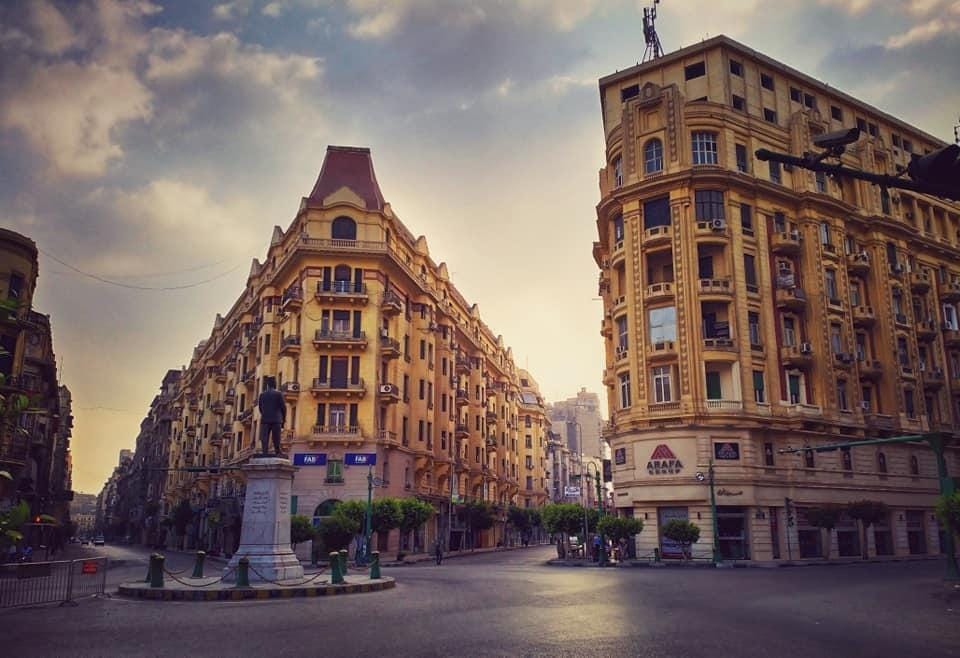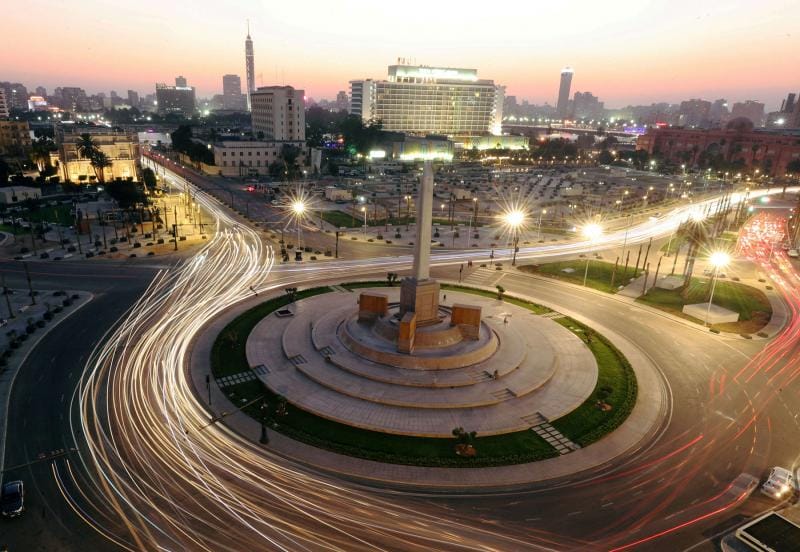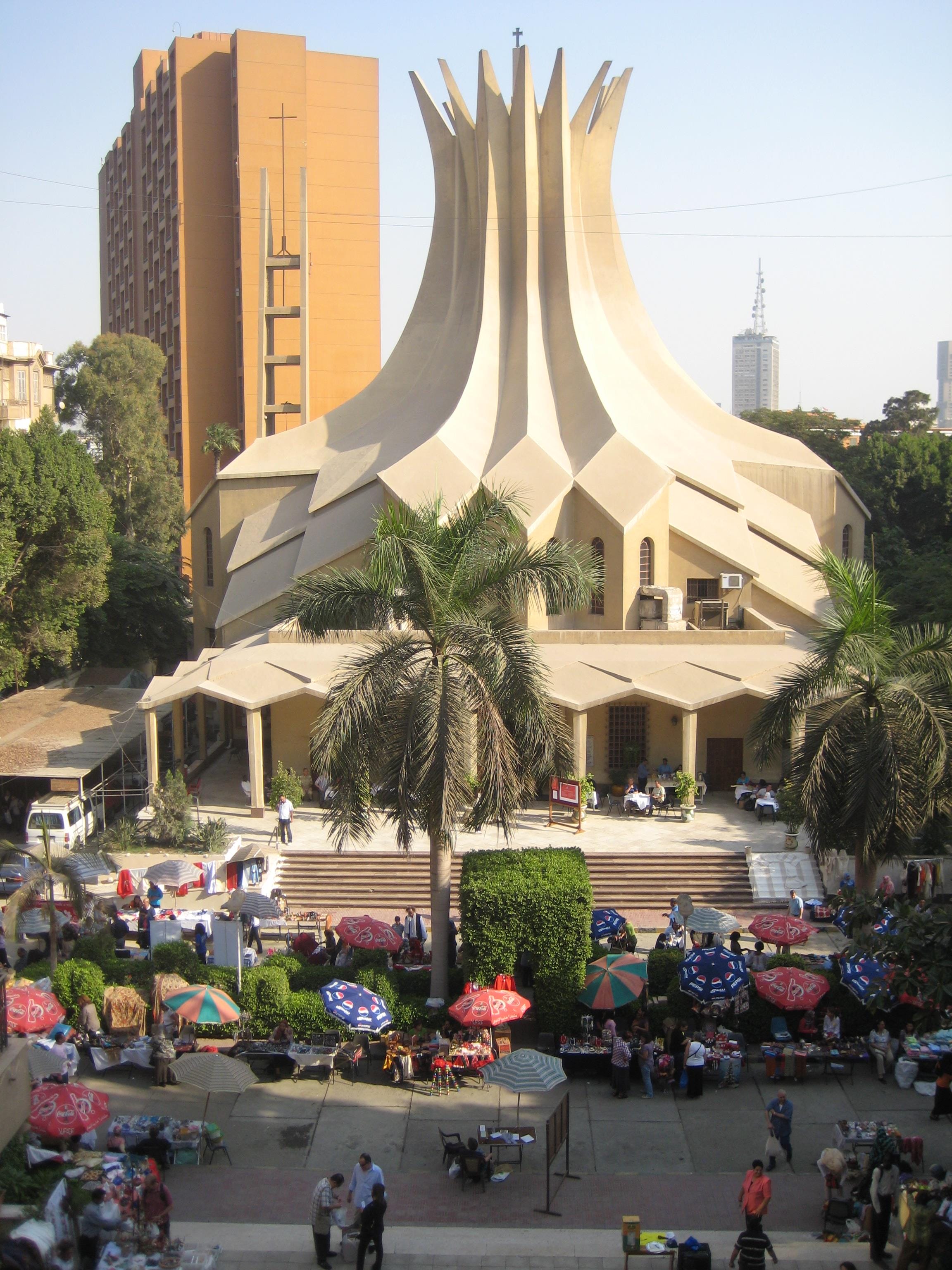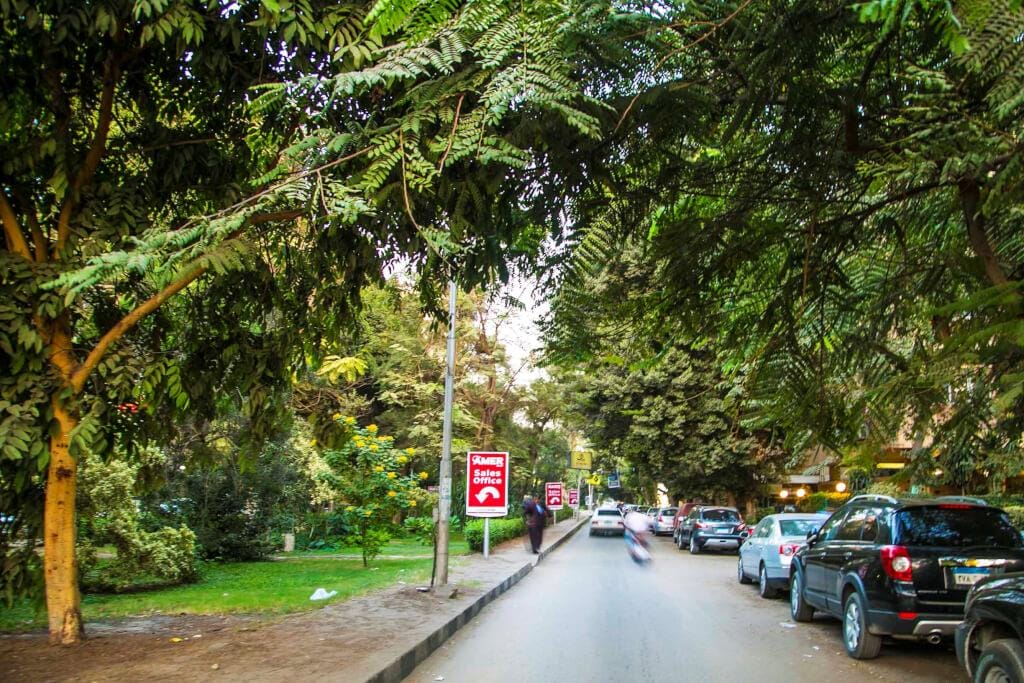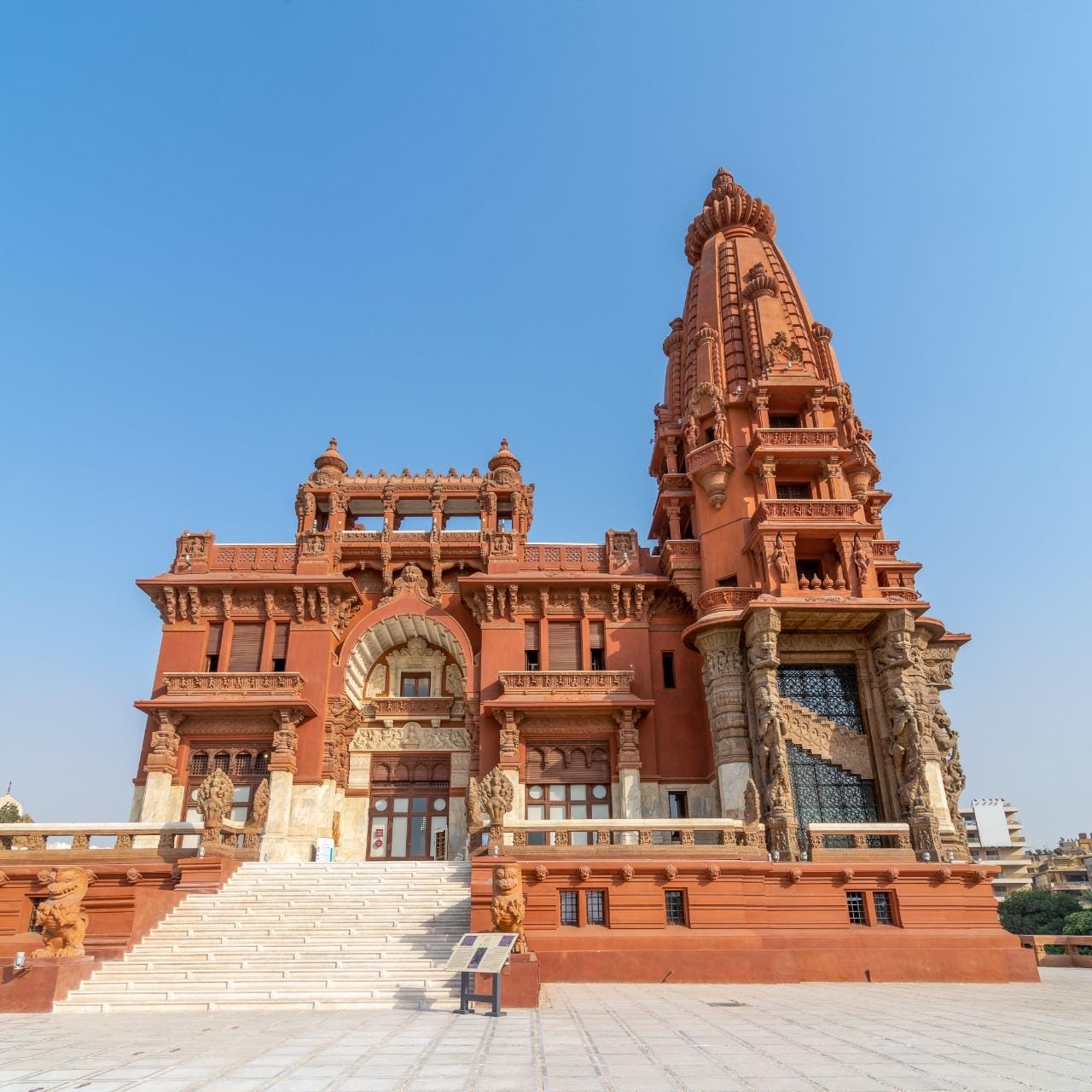Downtown Cairo & City Breaks
Known by Egyptians as “Wust al-Balad,” Downtown captures the true essence of modern Cairo. Don’t be fooled by the 19th century European-styled facades and arcades; Cairo’s Downtown is truly Egyptian. Considered the heart and soul of the city, Egyptians and foreigners alike gather to walk the streets, do a bit of shopping, eat, and socialize.
Downtown Cairo
The streets of Downtown Cairo are a living architectural museum displaying Egypt’s layered modern history. Beautiful neoclassical buildings line the streets, embellished with oriental detail presenting a visual cityscape of fascinating history.
Originally built as the residential area for Egypt’s ruling class and foreign communities, Downtown eventually transformed into the district for glamorous department stores and a buzzing entertainment center with theaters, cabarets, and, eventually, cinemas.
Explore on Foot
A walking tour of Downtown is the best way to appreciate all the visual wonders of this district. Delightful, picturesque pedestrian passages and dozens of streets are packed with bustling shops, old-school bars, eateries, coffee shops, and trendy nightlife venues.
In the morning on a weekend (that’s Friday or Saturday in Egypt), enjoy relatively empty streets and grab a coffee with breakfast at one of the many specialty eateries. If you are craving traditional Egyptian tea, Turkish coffee, or cold hibiscus, there are dozens of charming open-air coffee shops crammed into passageways and on boulevards throughout Downtown. Private, licensed tour operators offer excellent paid and free walking tours of Downtown, and you can even find highly-rated food tours of the neighborhood.
Iconic Downtown Landmarks
Here are just a few of the famous places you won’t want to miss on your visit to Downtown. From museums brimming with artifacts to legendary squares and bridges, make sure to snap a few Instagram-worthy photos to mark the occasion!
Insider Tip
A short drive from Downtown Cairo lies the Manial Palace, built by Prince Muhammad Ali Tewfik, the uncle of King Farouk, between 1899 and 1929. The palace and estate are now a public art and history museum with historical gardens full of rare species of flora. The building harmonizes several architectural styles, integrating European Art Nouveau and Rococo with many traditional Islamic architecture motifs, including Ottoman, Arab Andalusian, and Persian motifs.
Don’t Miss
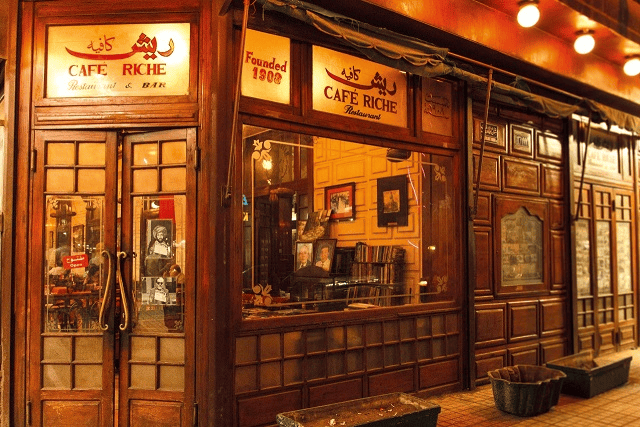
Visit iconic cafes
That served as gathering spots for Egyptian political and cultural life during the 20th Downtown Cairo has long housed famous revolutionaries and intellectuals, including larger than life figures such as former Egyptian President Gamal Abdel Nasser and Nobel laureate Naguib Mahfouz.
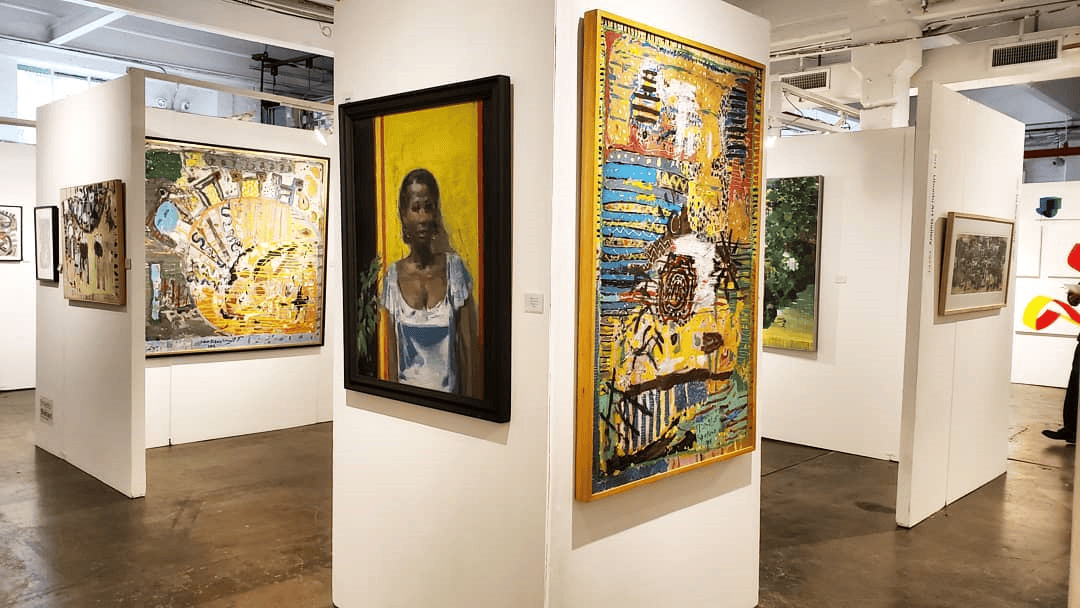
Explore the art galleries, antique shops, and cultural hubs
Pop in for a browse then grab a refreshing drink at one of the numerous cafes or historic bars.
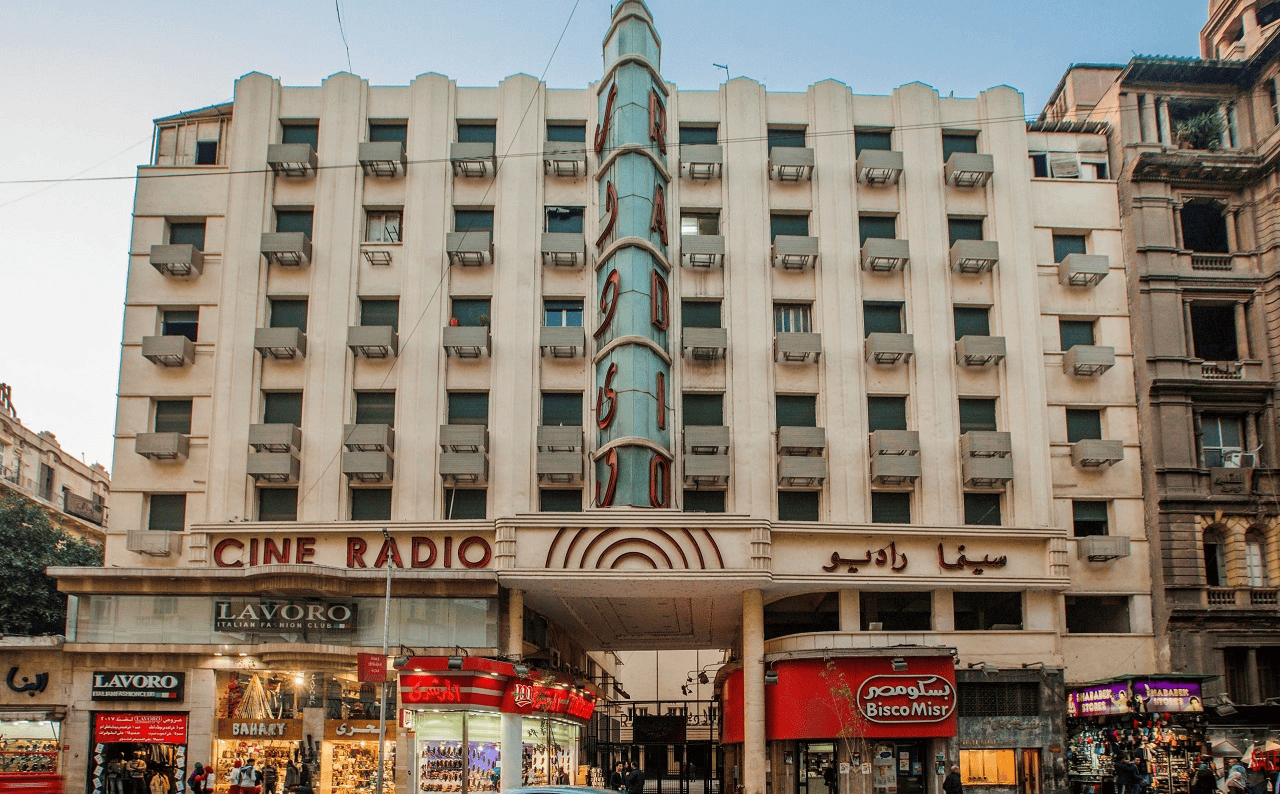
Visit Cinema Radio
An icon of Downtown’s cultural past where Egypt’s most prominent films premiered and legendary Egyptian singer Umm Kalthum once sang.
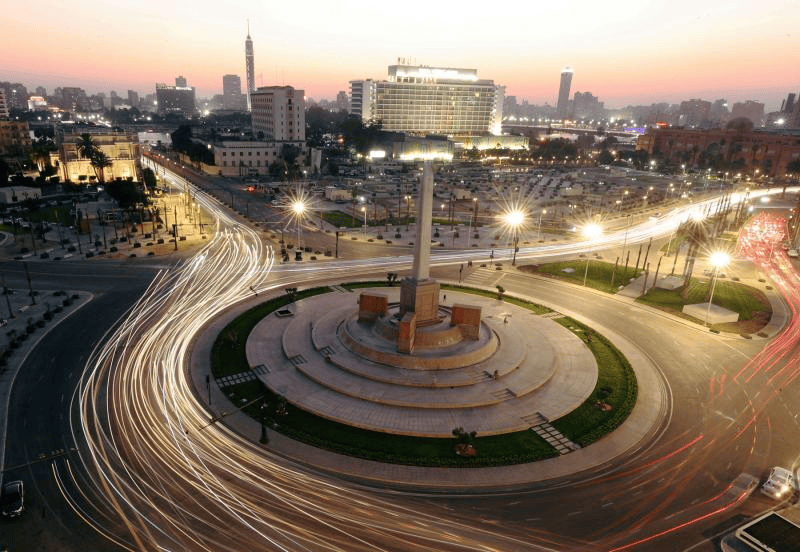
Tahrir Square
One of the largest and most significant squares in the country, Tahrir Square is an important entry point to the main streets of Downtown Cairo and recently got a head-turning pharaonic face-lift. An obelisk of Rameses II stands tall at the center with four ancient Egyptian ram statues surrounding it, and atmospheric lights around the square make for an awe-inspiring spectacle during evening strolls.
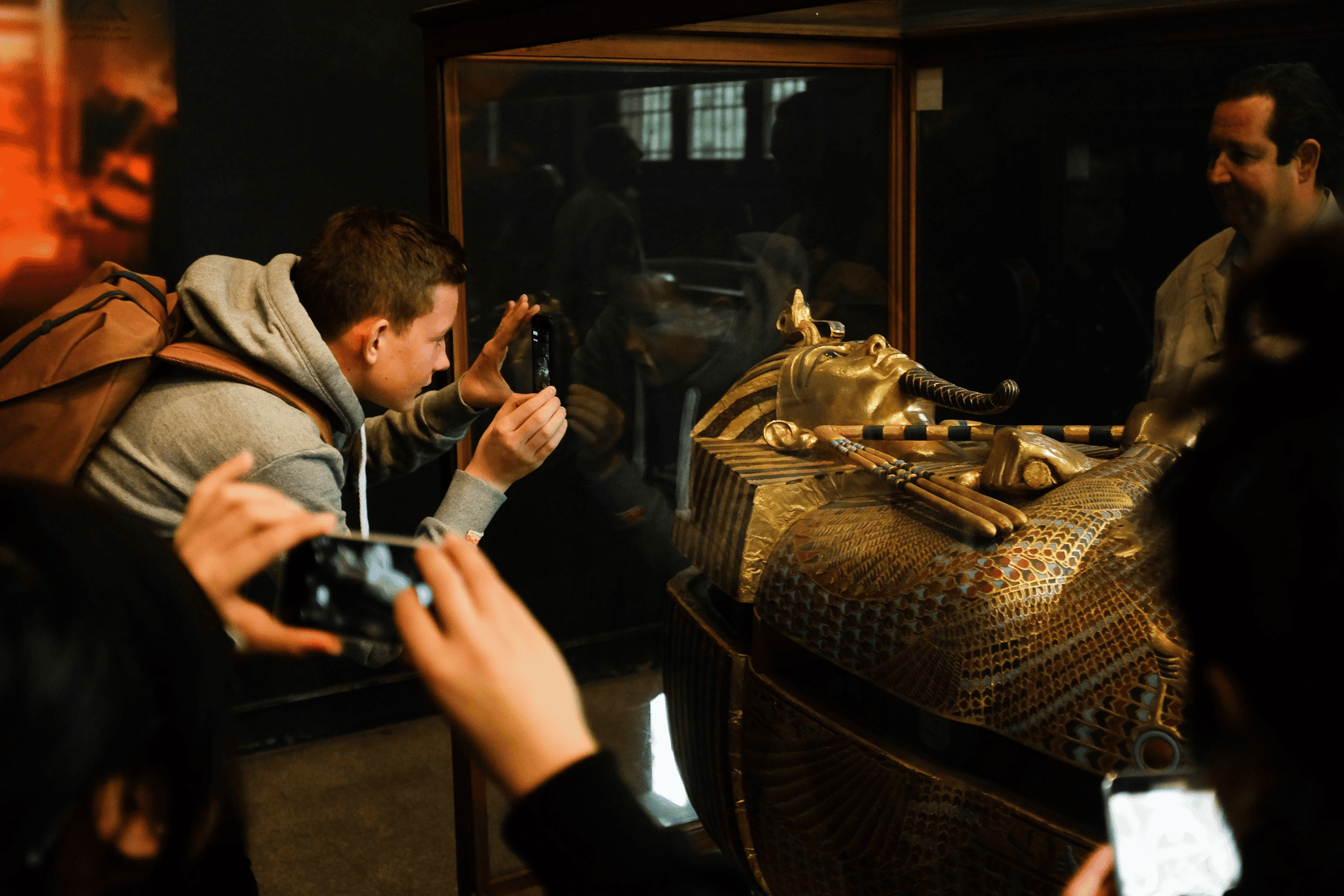
The Egyptian Museum
Situated between Qasr al-Nil Bridge and Tahrir Square is the Egyptian Museum, home to a vast collection of ancient Egyptian antiquities spanning from the Predynastic Period to the Greco-Roman Period. This striking pink domed neo-classical structure was completed in 1902, making it the first national museum in Africa.
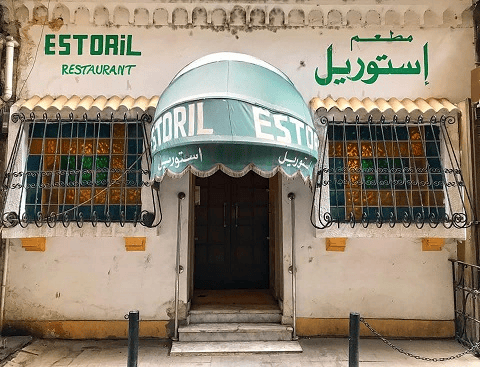
Grab a drink or a bite at vintage local establishments
Each has its own charm and is a favorite for a mix of old-timers and younger, artistic patrons.
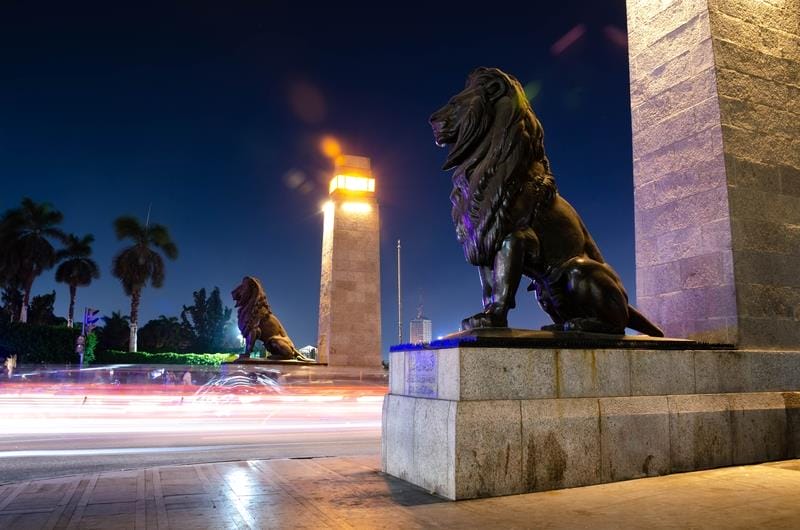
Qasr al-Nil Bridge
Inaugurated in 1933 by King Fouad, this beautiful bridge connects Tahrir Square on the east bank of the Nile to the Opera House Complex on Gezira Island. Guarding the entrance to Downtown, two magnificent bronze lions sit regally at each entrance of the bridge. These iconic sculptures were crafted by the famous French sculptor Alfred Jacquemart in the late 19th century, and the bridge is a favorite for pedestrians to stroll and take in views of the Nile, especially at night.
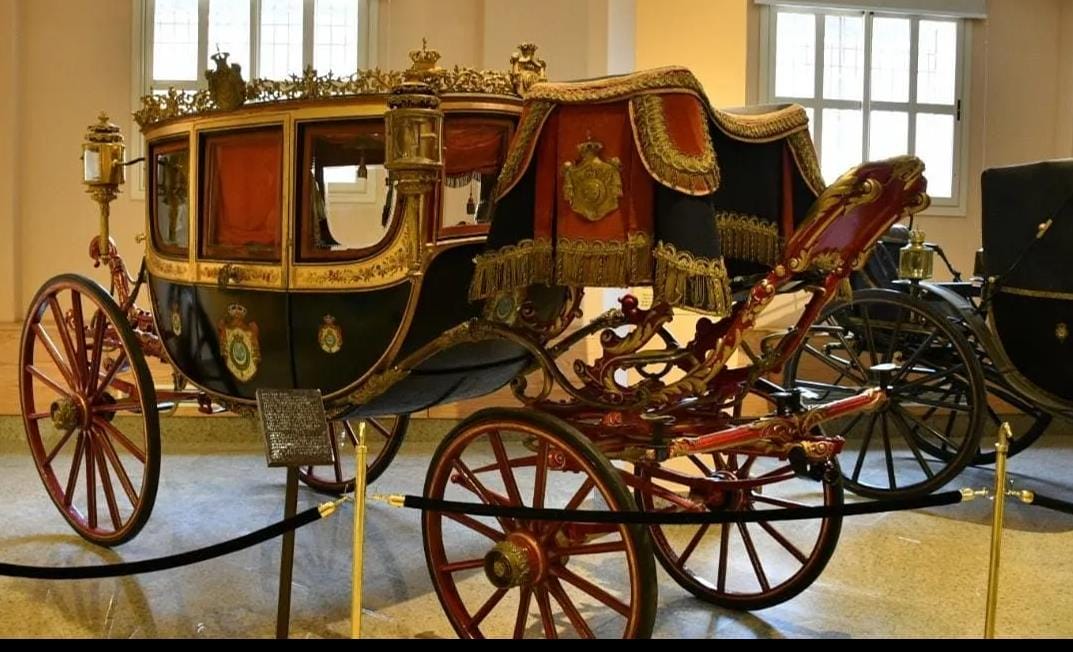
The Royal Carriages Museum
Located close to Tahrir in Boulaq, this museum was built to preserve and display the royal carriages of the Muhammad Ali dynasty and highlight the practice of horse breeding at the time.
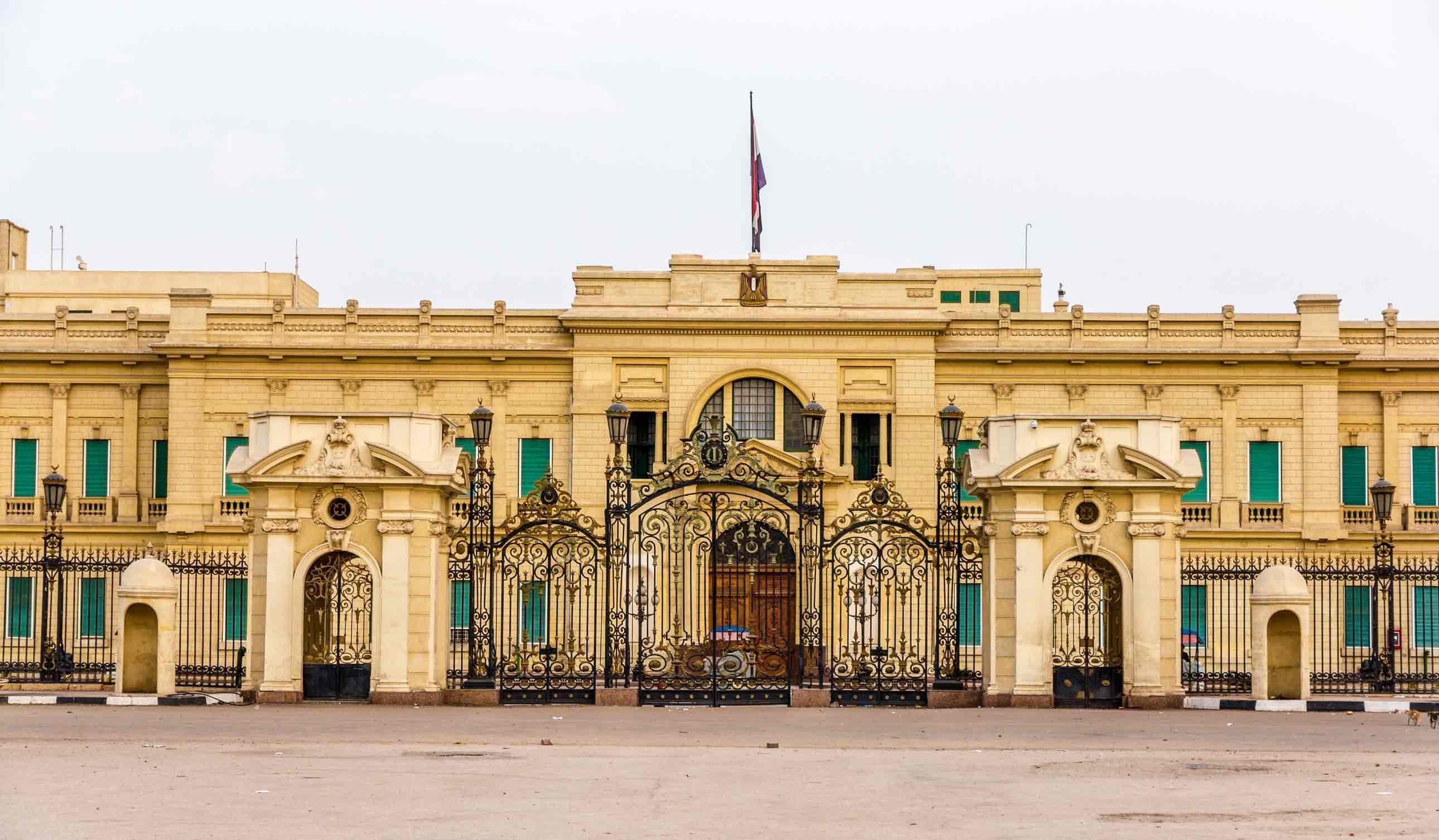
Abdeen Palace and Museum
Built as a royal palace in 1874, Abdeen Palace is now one of the official residences of the Egyptian president. The stately structure is surrounded by well-maintained green landscapes where visitors can relax with a coffee or snack. Extravagant furnishings, original artwork, and gold-decorated clocks dating back to the Royal Family can be found inside the palace, with the lower floors housing several museums: The Royal Family Museum, The Arms Museum, and a Historical Documents Museum.
City Breaks
Take a break from a busy sightseeing schedule and visit one of Cairo’s contemporary residential neighborhoods to live like a local for a day. Each of these neighborhoods has restaurants, coffee shops, bakeries, spas, and boutique shopping off the beaten path. Explore the unique charm and unmistakable identity of Zamalek, Maadi, and Heliopolis.
Zamalek
This leafy Nile Island district is connected to Downtown Cairo and Giza by several bridges, and it was originally a private royal estate, once full of thousands of exotic plants and lush vegetation. Zamalek slowly evolved into the neighborhood of choice for pashas and foreign dignitaries and continued to be a favorite of Cairo’s elites, artists, and celebrities like the Diva of the East herself, Umm Kalthum.
Home to some of Cairo’s hippest restaurants, cafes, and bookstores, Zamalek is a popular and bustling neighborhood perfect for a weekend brunch, followed by a long walk exploring its many art galleries. Stop for a coffee at a modern or traditional open-air coffee shop on 26th of July or Brazil Streets or plan a day of shopping at high-end boutiques and specialty stores, including luxury Egyptian fashion and jewelry brands. Take a sunset promenade among centuries-old trees down the quieter Montaza Street for panoramic views of the Nile. Enjoy lunch or dinner at any of the fine-dining establishments located on permanently docked steamboats along the banks of the Nile on Abou al-Feda or Saray al-Gezira Streets.
Zamalek also houses some of modern Cairo’s most iconic buildings and landmarks, including the Cairo Opera House and the Cairo Tower. It is also where some of the city’s favorite green oases are located, like the 19th century Aquarium Grotto Garden (known to locals as the Fish Garden). Originally part of Khedive Ismail’s private property, this serene park is now open to the public for a modest fee.
Don’t Miss
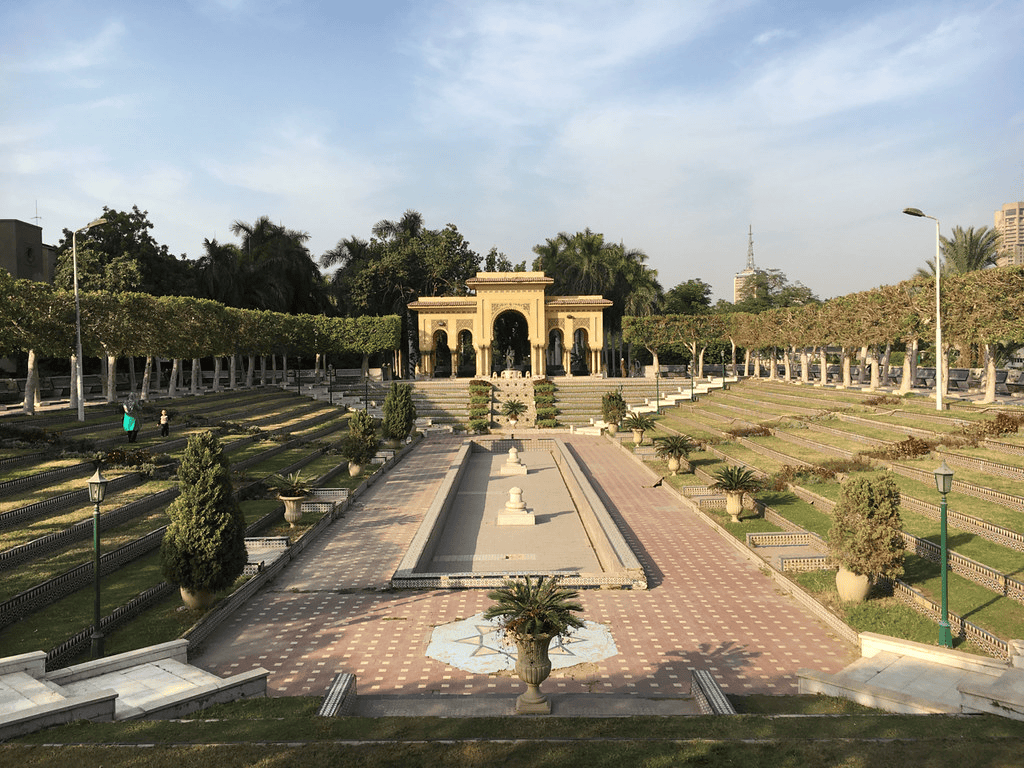
Al-Andalus Garden
A historic garden that offers panoramic Nile views amid a unique Moorish design.
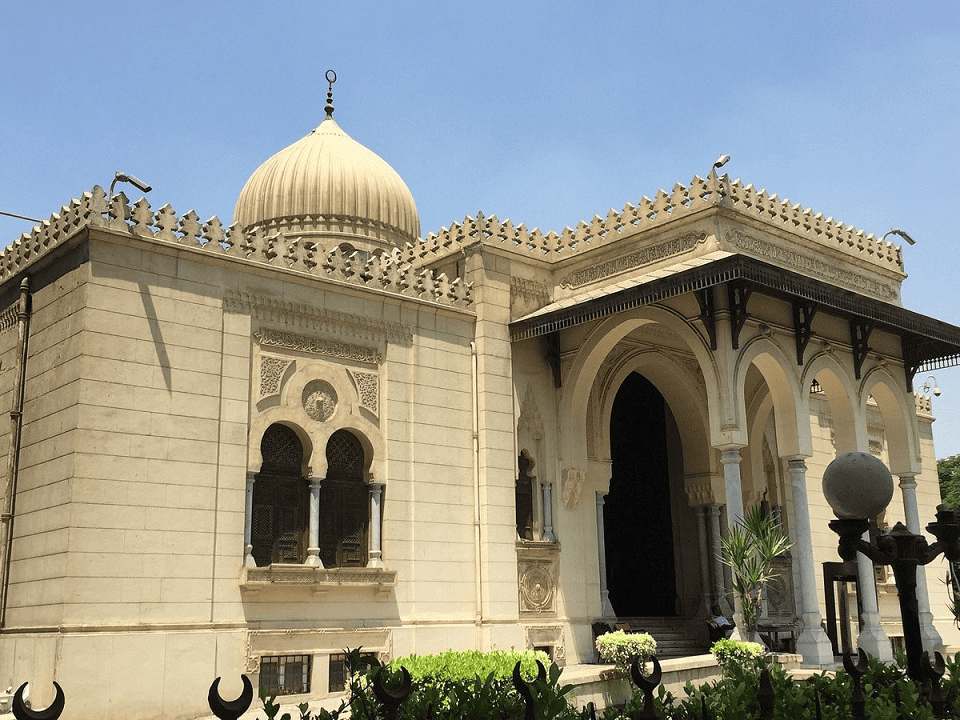
The Museum of Islamic Ceramics
Housed in the former palace of Prince Amr Ibrahim.
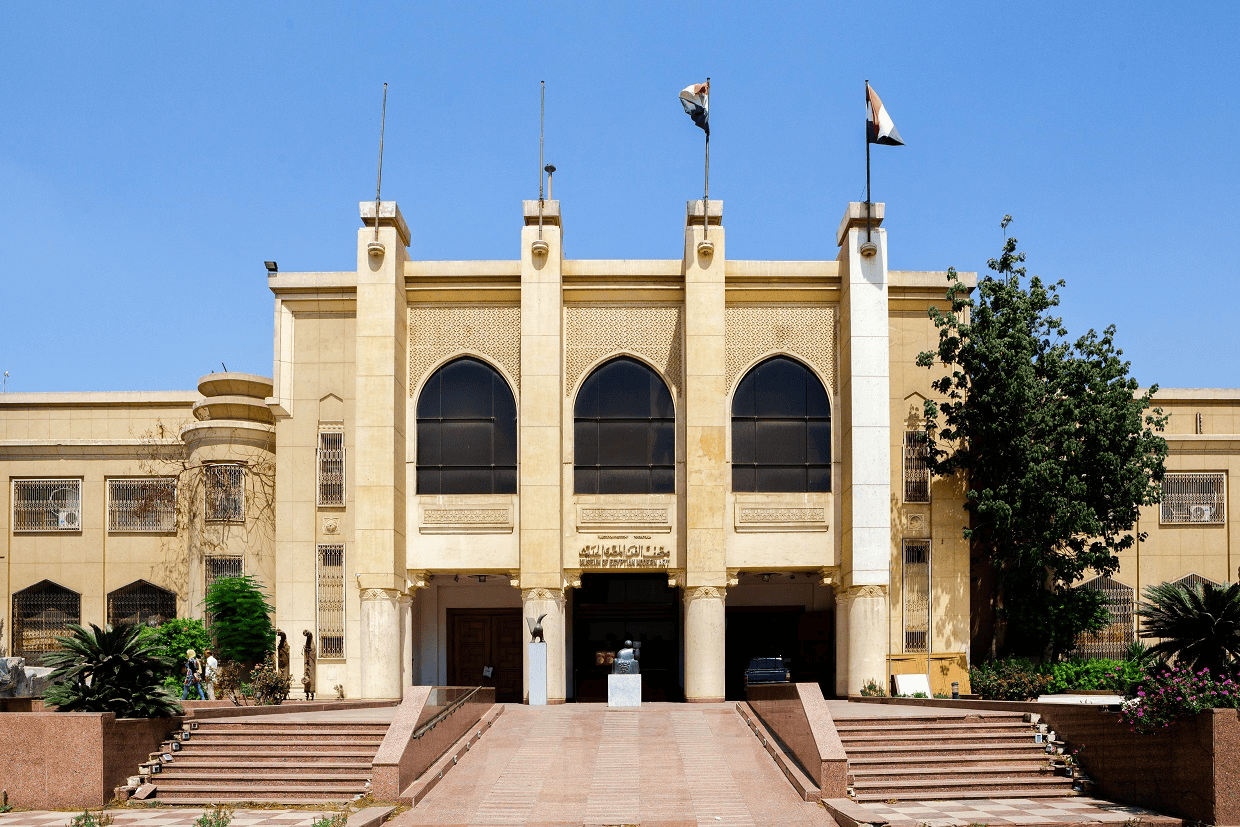
The Museum of Modern Egyptian Art
Located on the grounds of the Cairo Opera House, with a display of some 10,000 paintings and sculptures.
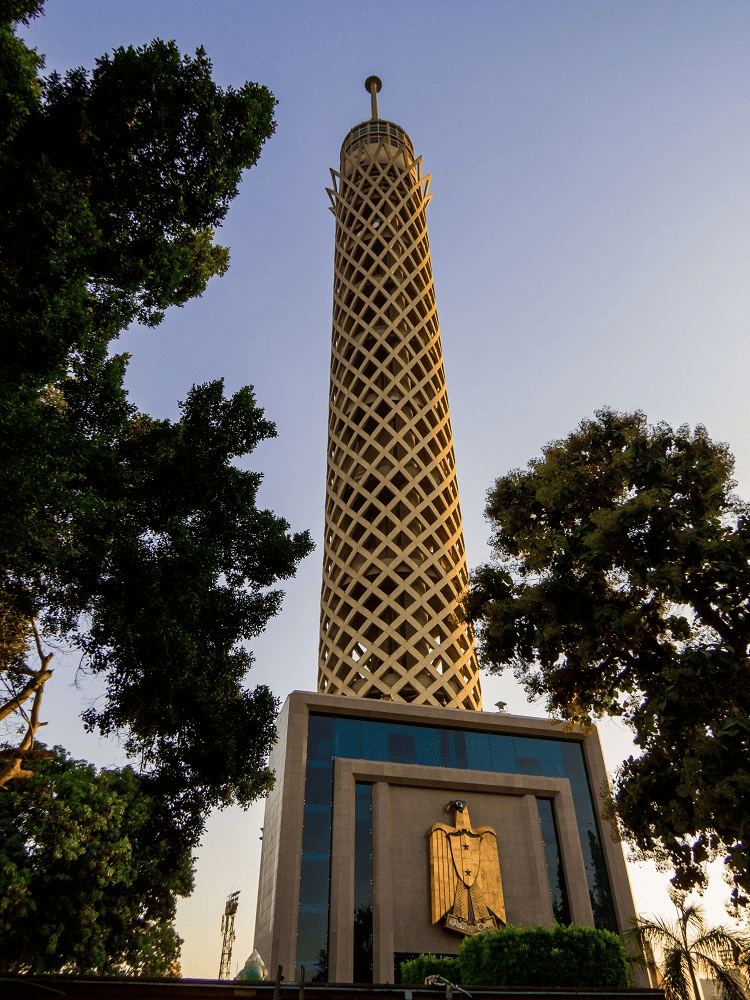
The Cairo Tower
Standing at 187 m and offering stunning views of the city.
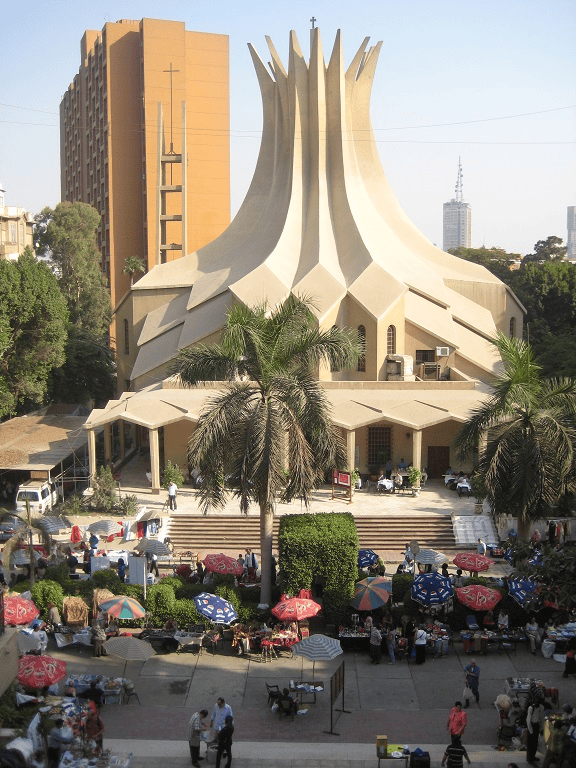
The All-Saints Cathedral
Which serves Cairo’s local and foreign Anglican congregations in a striking cross and lotus-shaped concrete structure.
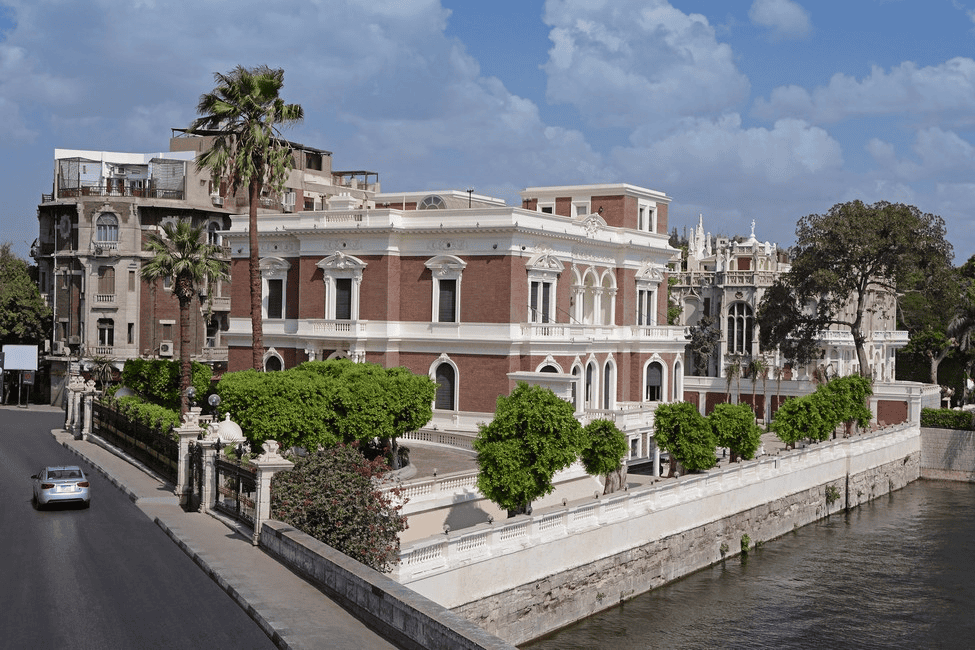
Aisha Fahmy Palace
A turn of the century aristocrat’s palace turned art gallery, perched on the Nile with stunning interiors and stained-glass windows.
Maadi
This charming, foliage-filled suburb is a haven for those who crave a more peaceful urban experience. Home to several embassies, international schools, and multinational organizations, Maadi has a thriving multicultural community of expats.
The heart of this suburb is Sarayat al-Maadi, which traces its history back to the turn of the 20th century and is full of early-to-mid 20th century villas and quaint low-rise buildings. Maadi’s famous Road 9 is very popular with younger crowds and brimming with endless options for shopping and dining. The adjacent, quieter neighborhood of Degla is greener and easily walkable with many small boutiques, restaurants, nail salons, spas, and bookstores.
Don’t Miss
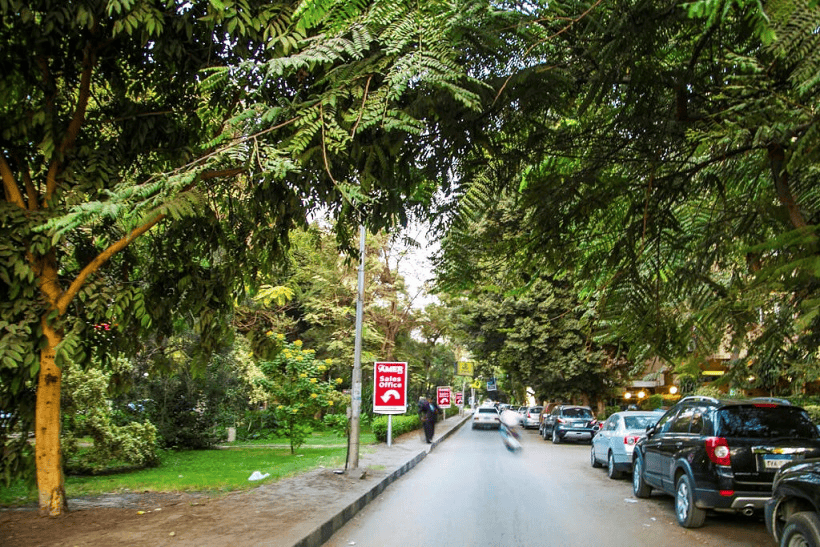
Walking the area around the Cairo American College (CAC)
Where you can grab a coffee and delicious pastries, enjoy gelato, order a steak, indulge in Italian food, pamper yourself with a great haircut, or shop for souvenirs, all within an area of 500 m.
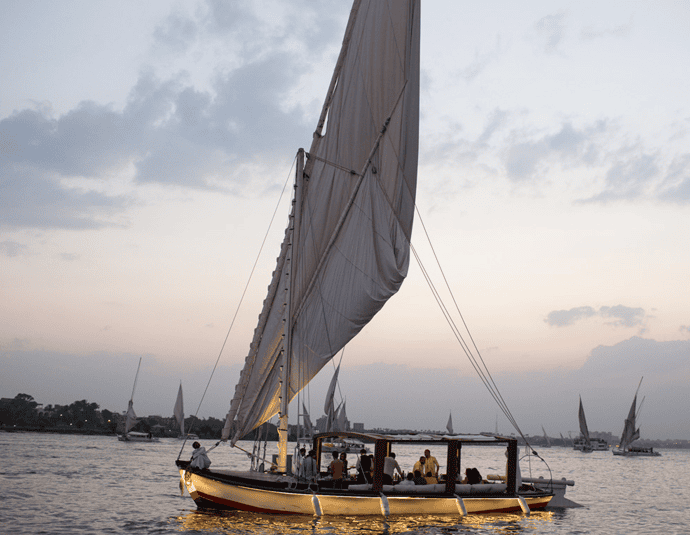
Setting sail in a private felucca (sailboat)
Bring your own food and drinks and experience a magical and affordable sunset meal on the river.
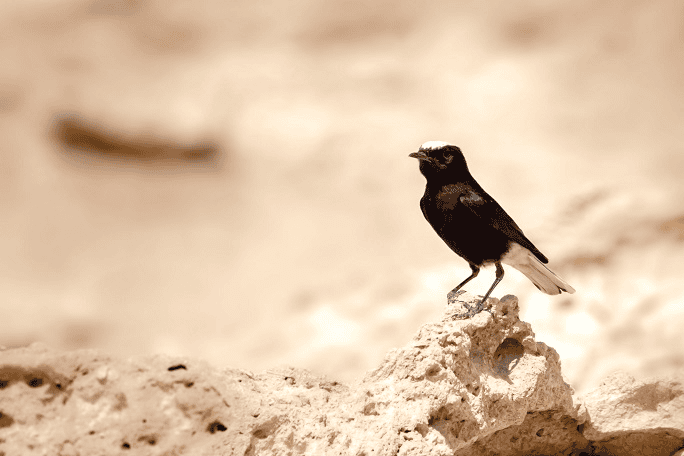
Wadi Degla Protectorate
Hiking in the Wadi Degla Protectorate, a 10-km drive from Maadi’s center, where you can enjoy hiking an easy trek in this sandy desert canyon filled with rock formations that are millions of years old. You’ll find prehistoric shell fossils, petrified wood, and maybe even spot a few native foxes or birds.
Heliopolis
Whether you love history, architecture, or leisurely city walks, Heliopolis, with its belle epoque flair and an unmistakable contemporary and metropolitan flavor, is the neighborhood for you. Walk around and sample local street food or pop into any of the trendy “restobars” on Beirut Street for a meal and drink. Shop in a mall near Almaza or stroll the arcaded boulevards of Al-Korba to check the small, family-owned shops in the neighborhood. In Al-Korba, you will find the perfect example of Heliopolis Style, a distinct architectural style with artistic features mixing Moorish, Islamic, Persian, Art Deco, and European Neoclassical elements.
Don’t Miss
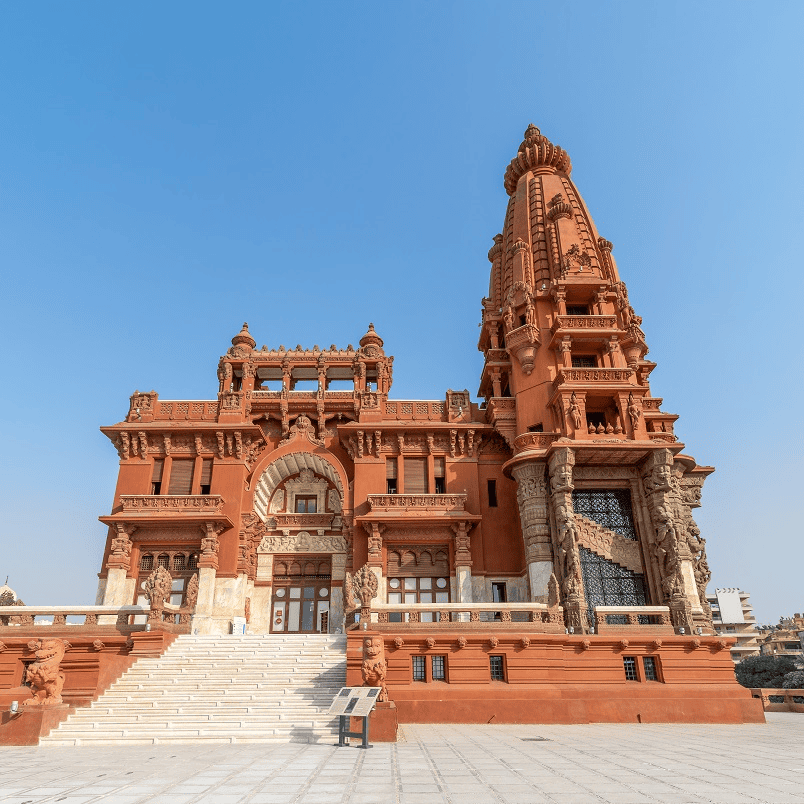
The Baron Empain Palace
Built 1911 by the Belgian industrialist who founded Heliopolis. This remarkable building was inspired by Hindu temples, such as Angkor Wat in Cambodia, and features a multitude of fine oriental details and ingenious use of concrete. Visitors can now enter the palace to take a tour of the stunning interior.
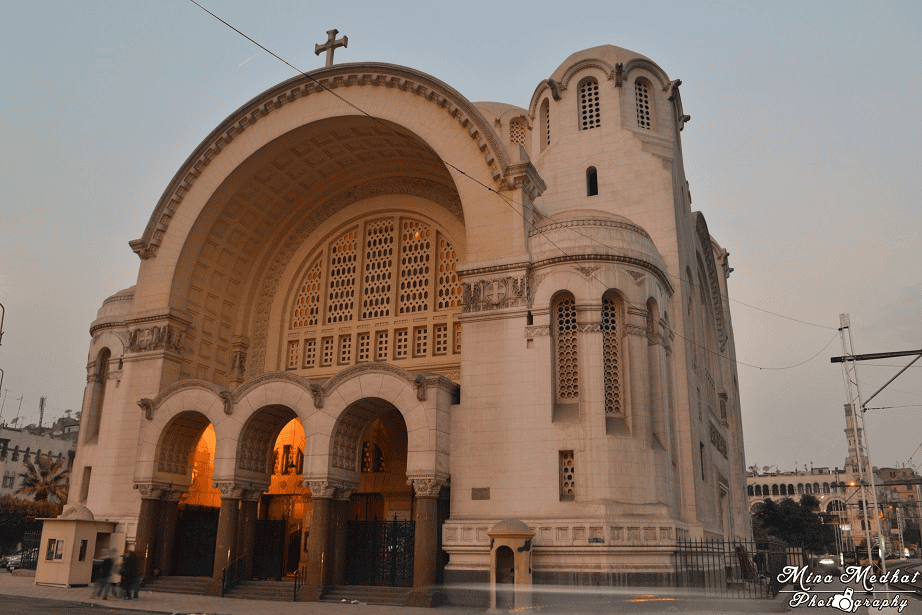
Basilica Church of Heliopolis/Notre Dame
This Roman Catholic church was also built by Baron Empain and shares many similarities with the Hagia Sophia, combining both Byzantine and Egyptian elements. The church has a crypt that holds the remains of Baron Empain and his family.
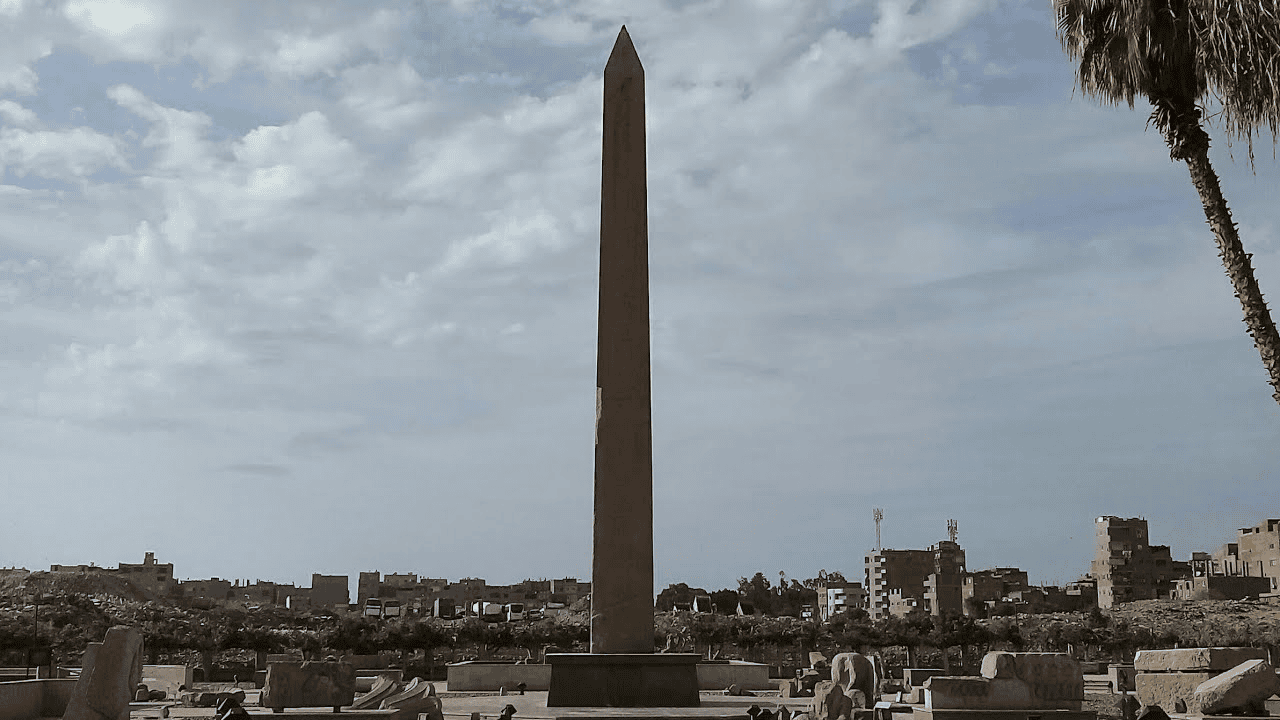
Al-Matariyya Open Air Museum
At the center of this museum is its crown jewel, the Obelisk of Senwosret I, the only monument still standing from the temple of Ra in ancient Egyptian Heliopolis. It serves as an ancient reminder of the past in the middle of a contemporary suburb. This little-known site, which was once the cult center of the sun god, made international headlines in March 2017 with the discovery of fragments of a colossal statue of the 26th Dynasty’s King Psamtek I. Cleopatra’s Needle in London and the obelisk in New York City’s Central Park were originally erected on this site as monuments for the sun god.
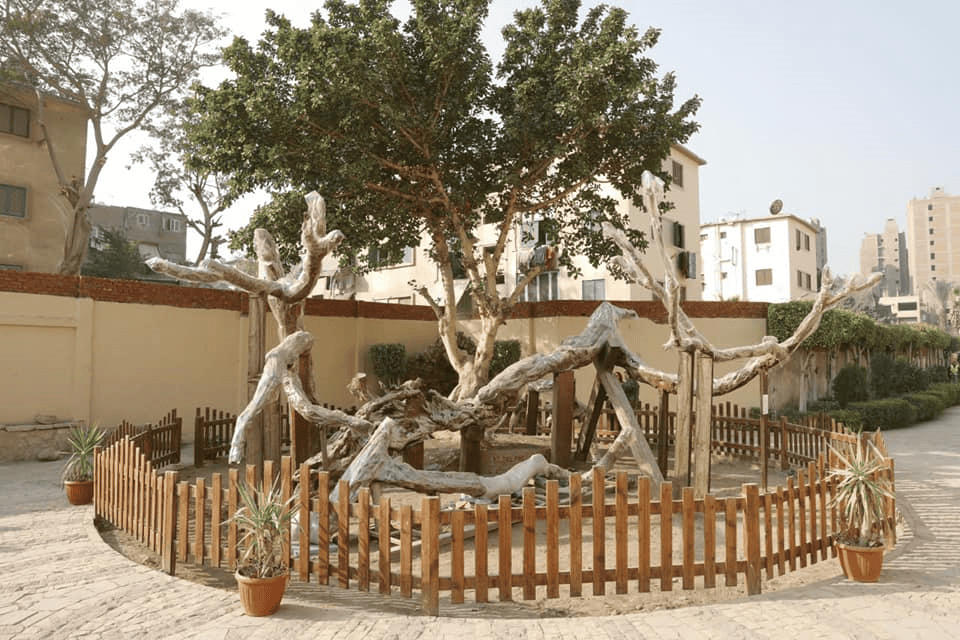
Tree of the Virgin Mary
Marks the spot where the Holy Family rested under a tree on their journey through Egypt. This site, located in the nearby suburb of Al-Matariyya, has been a place of worship for Christians and Muslims for centuries. Pilgrims come to touch the tree and pray for healing. It is also believed that a freshwater well sprung forward on this site, allowing the Virgin Mary to bathe the infant Jesus.
